What to plant in zone 3: An expert guide to what will grow well in this US hardiness zone
Discover how to choose the right plants for your outside space if you live in US hardiness zone 3
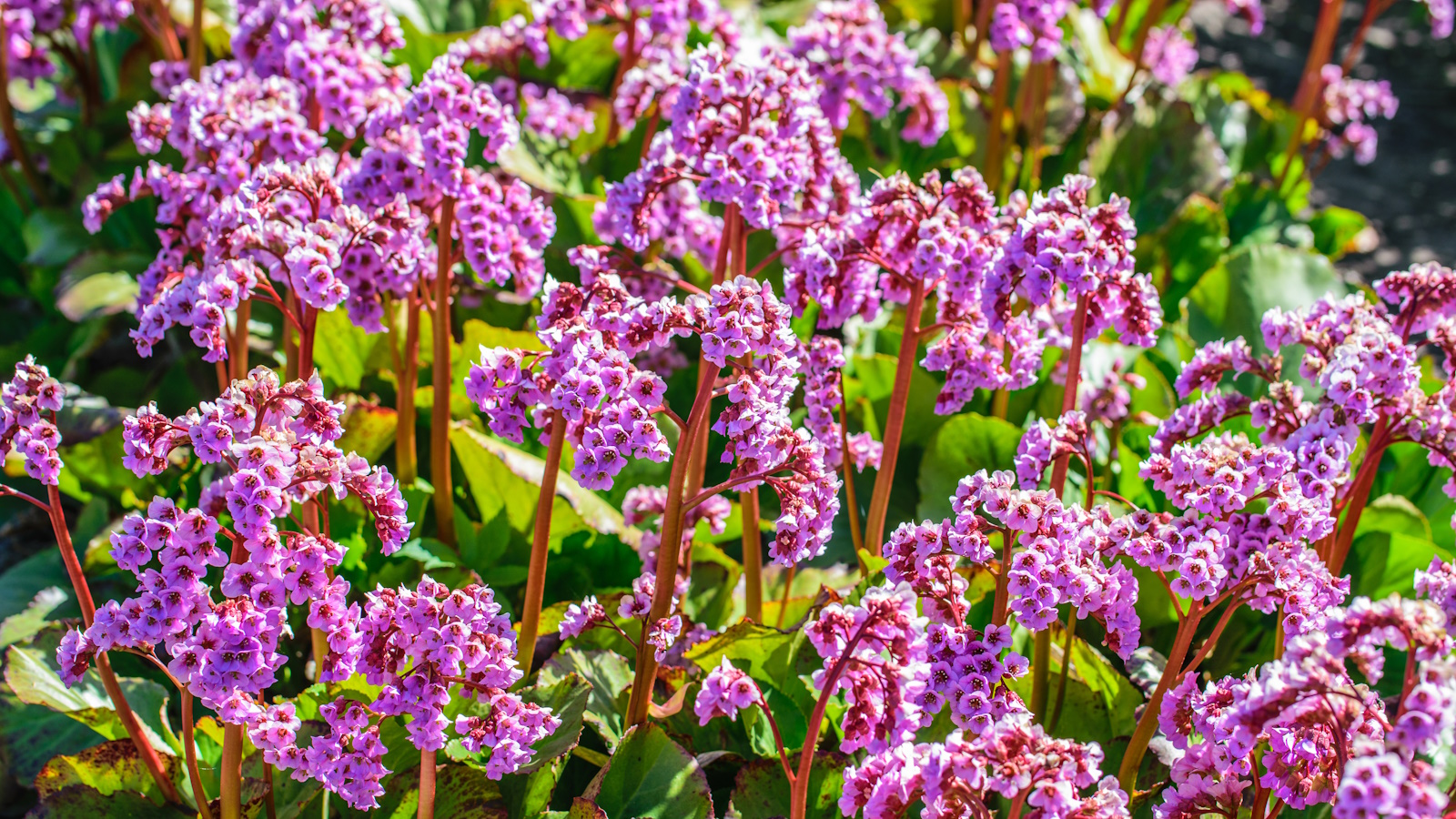

It’s not easy to know which bushes, flowers and edibles are adapted to the climate in your area. Looking around to see what grows naturally, and taking note of the wildflowers that thrive in wild paces nearby is always a good place to begin. Many will have improved cultivated varieties in extra colors or with double flowers or with neater growth. But far more other plants, varieties that are not local wildflowers, will also do well in your yard - and these are the plants that are more difficult to choose. So, which will survive the winter, and which will not?
This is where the United States Department of Agriculture can help. Its experts have divided the country into 13 hardiness zones according to the average lowest winter temperatures. They used data from thousands of local weather stations across the country to make sure that it’s accurate. Zone 1 is the very coldest zone and zone 13 covers the areas with the warmest winter temperatures. Most zones are again split into two, zone 3a and zone 3b, for example, where greater accuracy is needed.
So, how do you know what to plant in zone 3? Here, we take a look at the plants, flowers and edibles that are specifically suited to growing in this US hardiness zone.
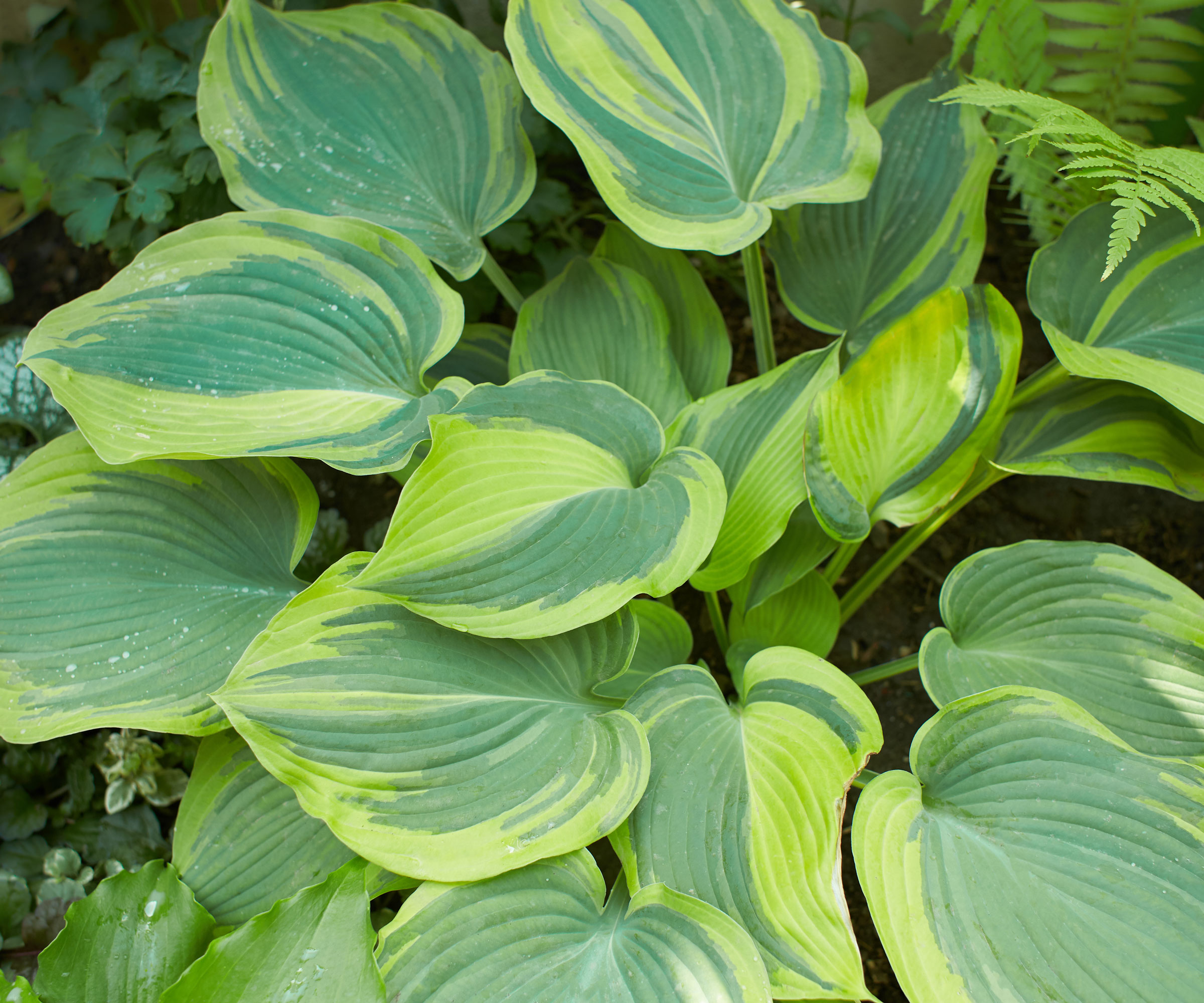
How to identify the best plants for your area
In addition to the USDA hardiness zones, professional and home gardening experts have used their experience and expertise to assign just about every plant we could possibly want to grow with a hardiness rating, indicating the lowest winter temperature that the plant will take.
All you need to do is to match the hardiness rating of the plants you would like to grow with the hardiness zone in which you live – and you’re all set. The hardiness rating of individual plants will be found on their tags, in catalogs, on websites and in books and magazines.
The lowest winter temperatures in zone 3 are between -40°F and -30°F. Zone 3a has a minimum average temperature of -40°F to -35°F and zone 3b has a minimum average temperature of -35°F to -30°F.
Choosing plants for zone 3
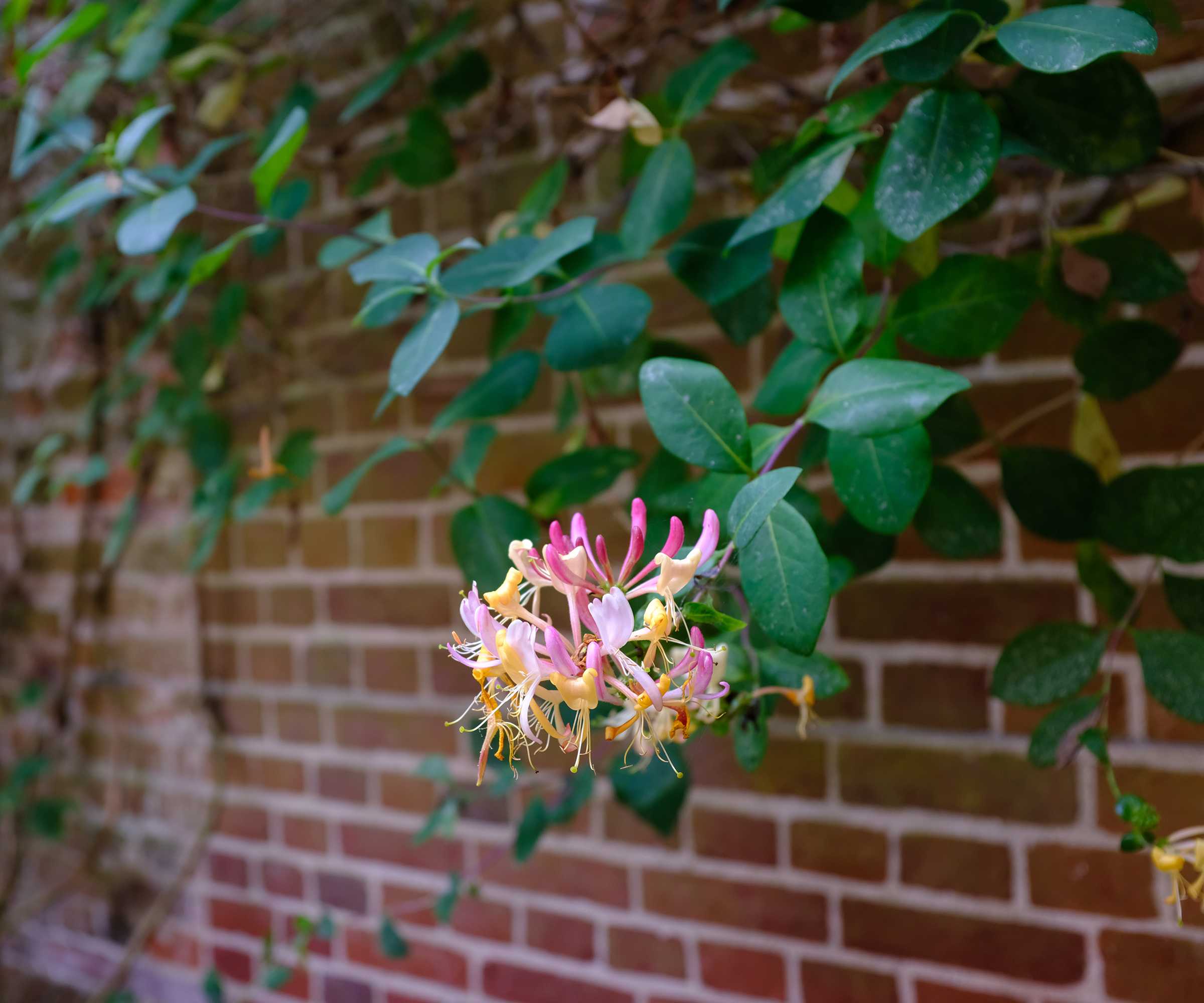
Gardeners in zone 3 may think that their winters are cold - and they are - but compared with the very limited planting palette that is available to gardeners in zones 1 and 2, zone 3 gardeners are very fortunate.
Some spectacular deciduous trees are suitable and, while appropriate evergreen trees are still mainly needle evergreens (conifers), among the shrubs there are some broad-leaved evergreens, including a few rhododendrons, that fit the bill.
In deciduous shrubs the range broadens out significantly to include varieties of two favorites: roses and lilacs, although it remains important to choose varieties wisely. Some very attractive vines are available to zone 3 gardeners and, when it comes to groundcovers, we find that zone 3 suits some of the best.
Look to native perennials, for sun and shade, there’s a huge range that fit here and it’s in perennials that zone 3 gardeners can really indulge their preferences – there are so many from which to choose.
When it comes to bulbs, there are relatively few types but just think of the many hundreds of different daffodil varieties, for example, that are easy to find in mail order listings.
As for edibles, quick starts, brisk growth and availability of starter plants all enable us to harvest more crops than perhaps we thought possible.
Deciduous trees
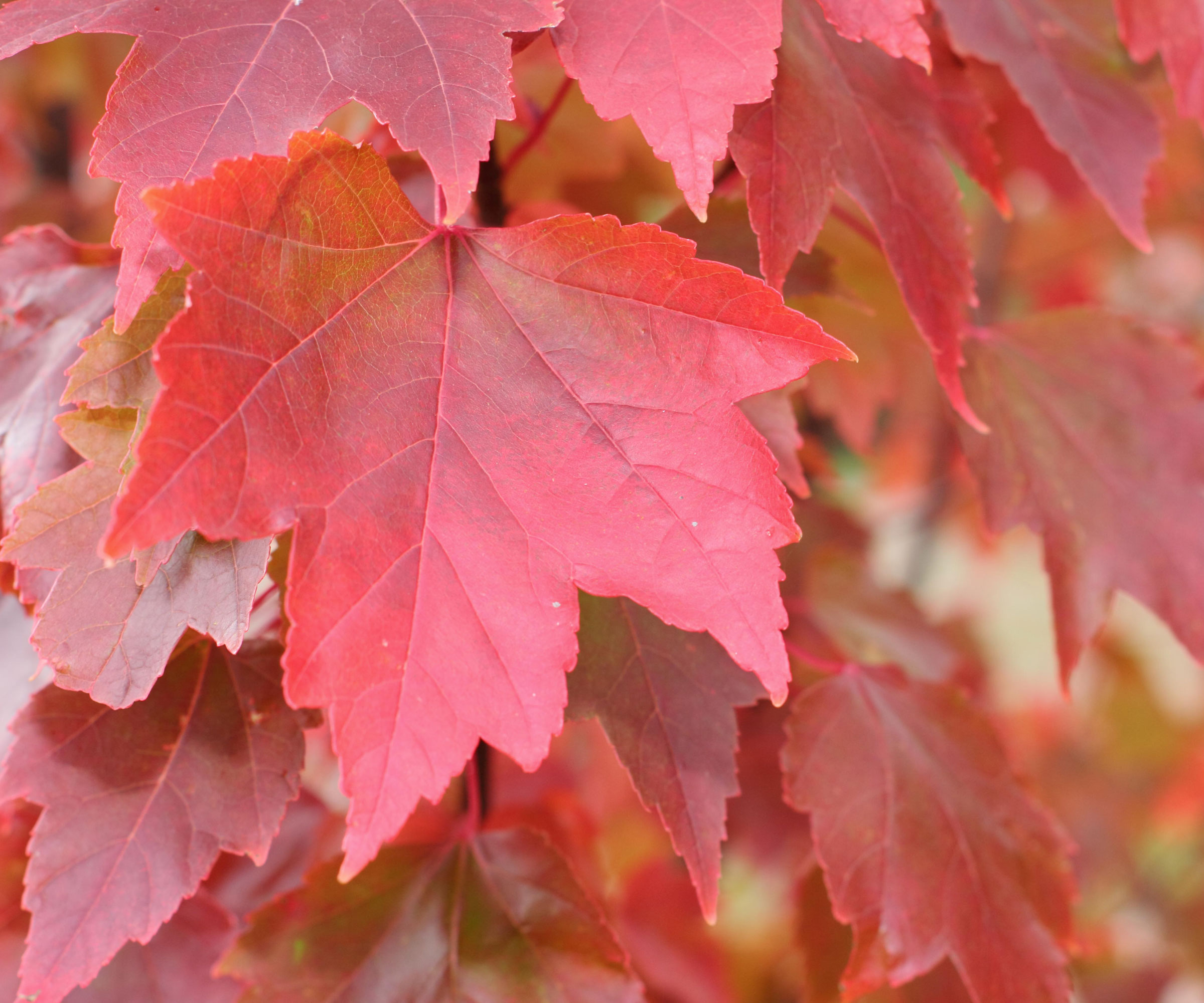
Red maple (Acer rubrum) Large, handsome, North American native with spectacular scarlet fall color.
Yellow birch (Betula alleghaniensis) Elegant North American native with attractive peeling bark and rich yellow fall foliage.
Cleveland pear (Pyrus calleryana ‘Chanticleer’) A fine alternative for the popular, but invasive, ‘Bradford’ pear in gardens and parks.
Also try: Eastern serviceberry (Amelanchier canadensis), American beech (Fagus grandifolia), wild plum (Prunus americana).
Evergreen trees
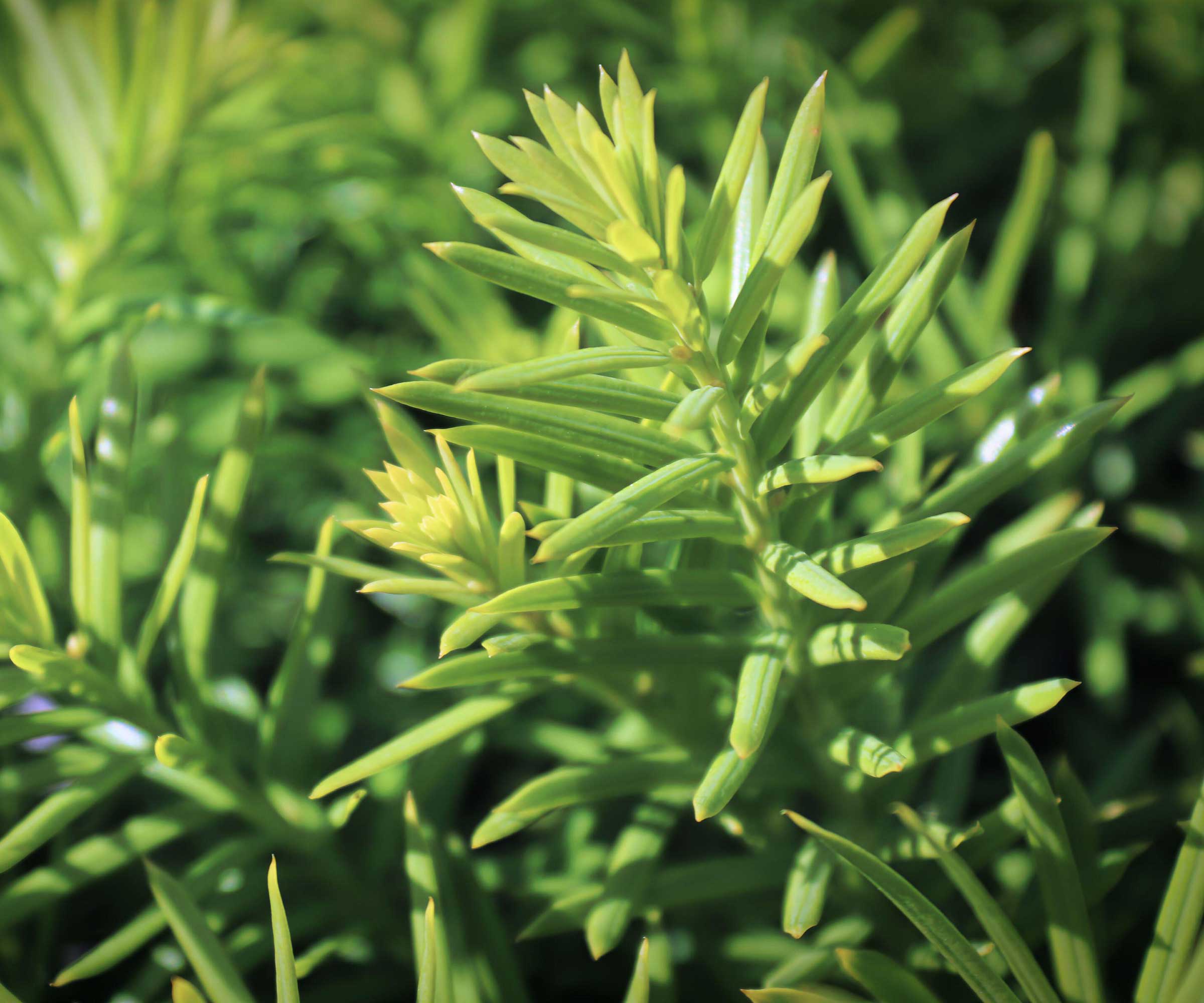
Concolor fir (Abies concolor) Stately tree with bluish needles, varieties vary in their final size. A good substitute for the increasingly unhealthy Colorado blue spruce (Picea pungens).
Arborvitae (Thuja occidentalis) A large number of varieties of this dependable native are available, many with attractively colored needles.
Stone pine (Pinus cembra) An impressive, usually narrowly shaped tree with amazing deep blue cones standing up from the branches.
Also try: Rocky Mountain juniper (Juniperus scopulorum), Scotch pine (Pinus sylvestris), Japanese yew (Taxus cuspidata).
Evergreen shrubs
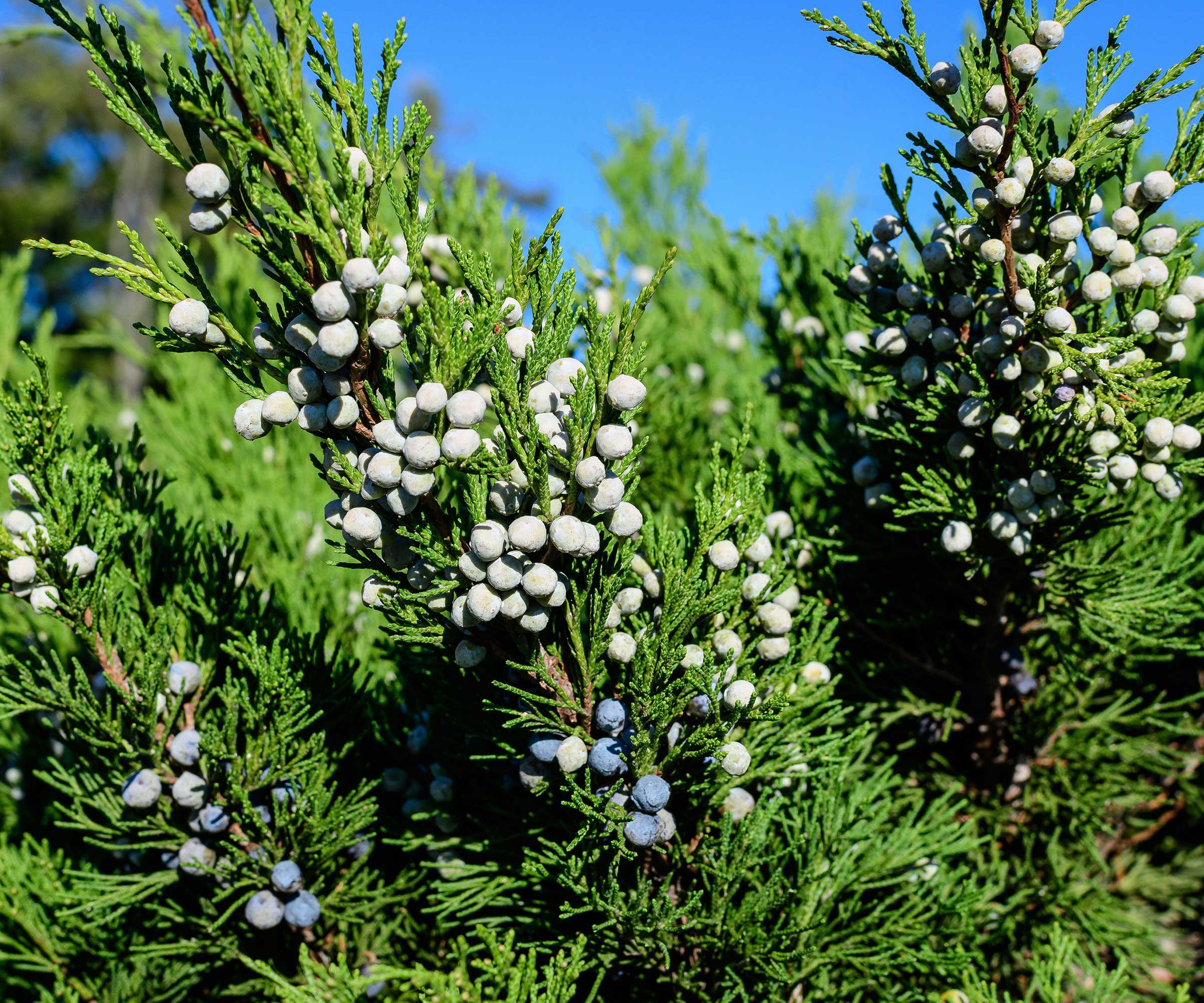
Wintergreen (Gaultheria procumbens) Bright red berries sparkle among glossy, dark green, aromatic leaves in fall and into winter.
Juniper (Juniperus species) Many different juniper varieties are suitable, choose from a wide variety of shapes, from prostrate varieties to pillars, and leaf colors.
Great laurel (Rhododendron maximum) Fragrant summer flowers in rich pink or white, the hardiest of rhododendrons.
Also try: Russian Cypress (Microbiota decussata), cowberry (Vaccinium vitis-idaea), Rhododendron ‘PJM’.
Deciduous shrubs
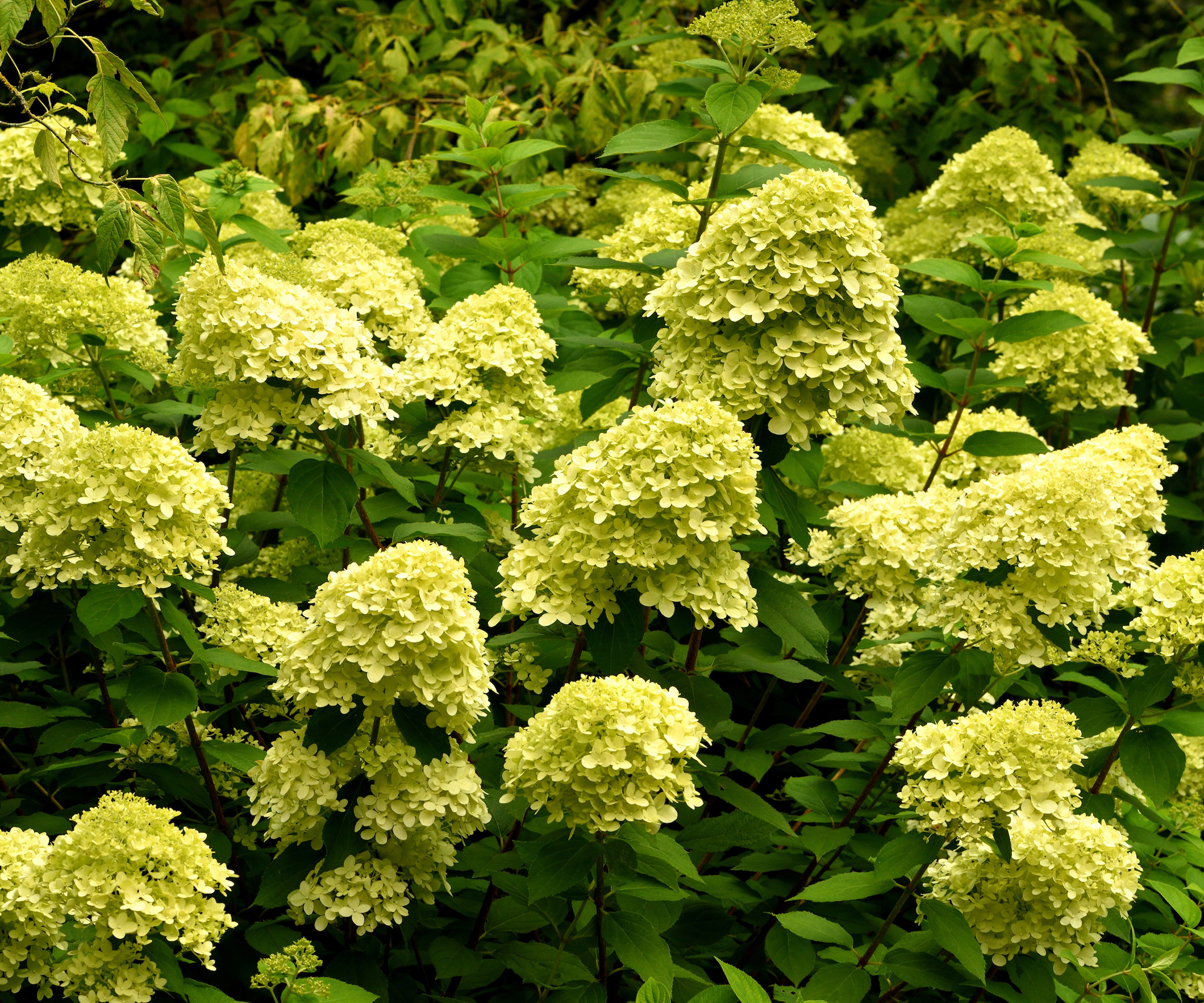
Panicle hydrangea (Hydrangea paniculata) Large, fat cones of summer and fall flowers often changing from white to deep pink. Size can easily be controlled by pruning. The 'limelight' variety from Nature Hills is a hugely popular choice.
Spirea (Spiraea japonica) Flat heads of pink, deep red or white flowers above leaves in an increasing range of rich and variegated colors.
Lilac (Syringa Bloomerang Series) A series of fragrant lilac varieties that never grow too tall and that flower all summer.
Also try: Chokeberry (Aronia), Witch hazel (Hamamelis virginiana), Roses (Rosa Oso Easy Series)
Vines
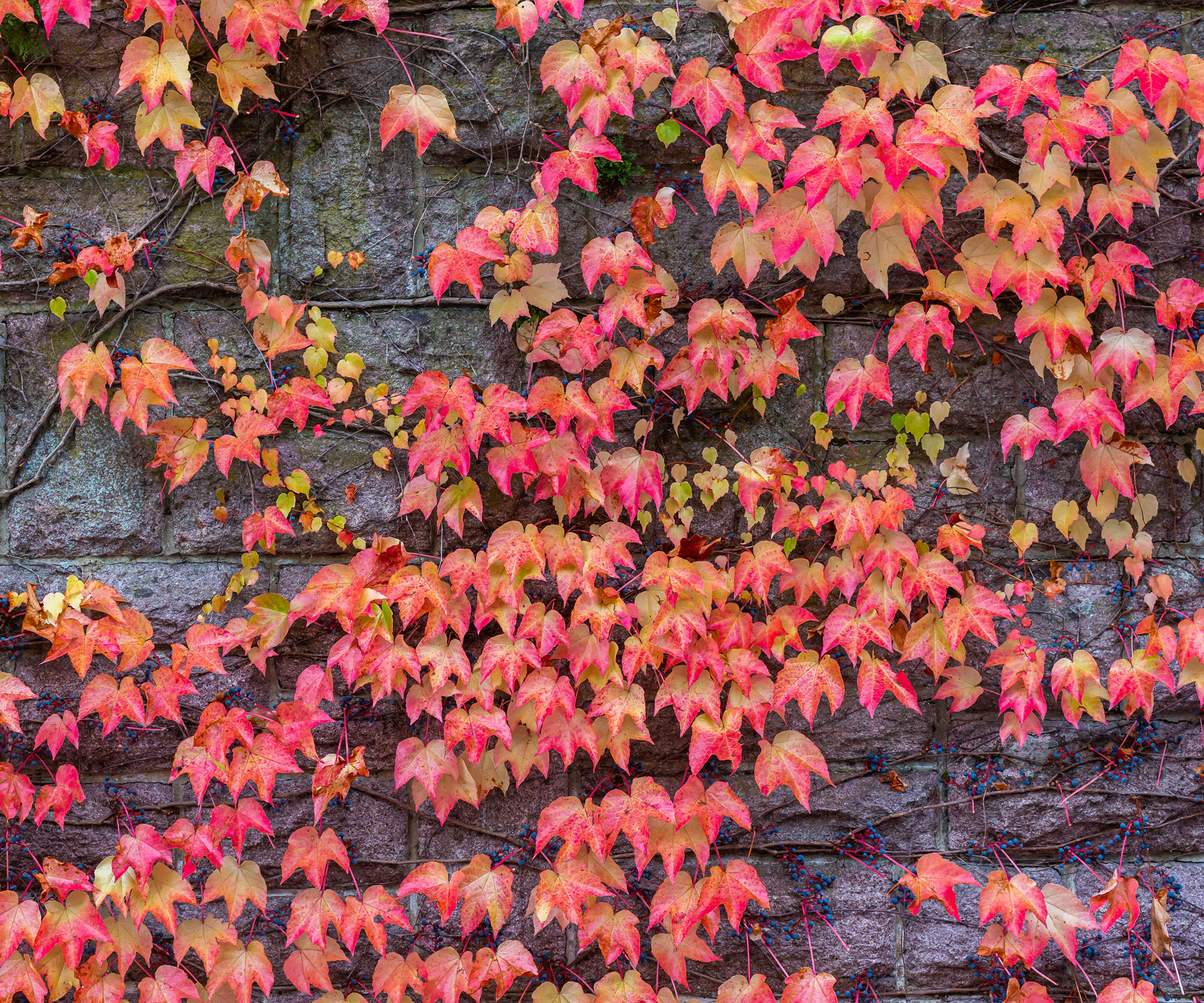
Woodbine (Clematis virginiana) An easy native, clouds of white starry flowers are followed by feathery seedheads. Very vigorous but can be pruned hard in spring.
Golden hop (Humulus lupulus 'Aureus') A twining hardy perennial with rich yellow leaves that are especially bright in spring. Dies back to the ground for winter.
Virginia creeper (Parthenocissus quinquefolia) Clinging naturally to almost any surface, and happy in most soils, the shining foliage turns to amazing orange and red shades in fall.
Also try: Climbing hydrangea (Hydrangea petiolaris), Honeysuckle vine (Lonicera periclymenum), American wisteria (Wisteria frutescens).
Ground covers
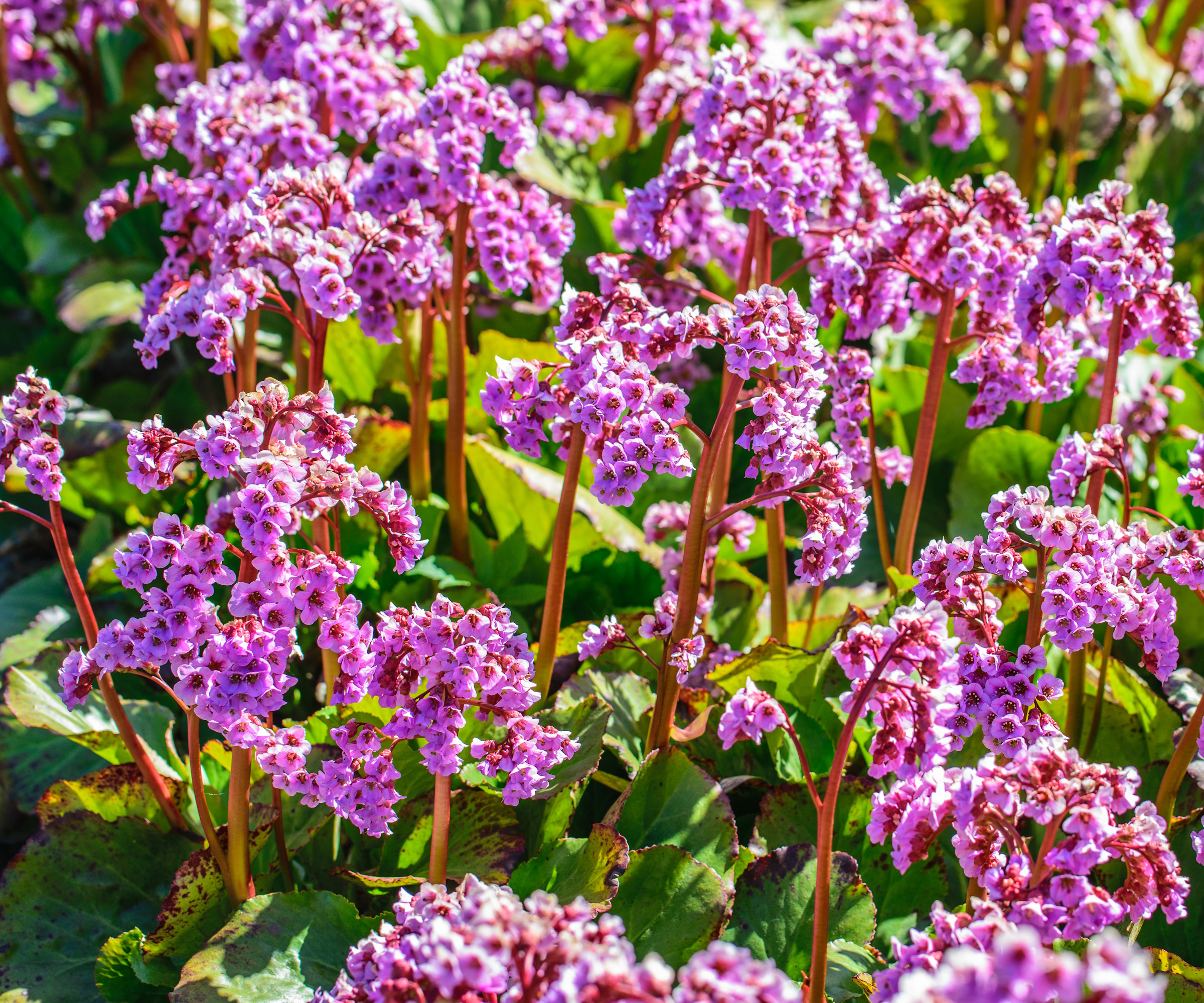
Bugleweed (Ajuga) Low and creeping, ideal in damp shade, an increasing range of new colored foliage types is now available. Most have short spikes of blue spring flowers.
Pigsqueak (Bergenia cordifolia) Colorful heads of pink or white flowers emerge through bold, leathery, rounded leaves that are often tinted crimson.
Siberian bugloss (Brunnera macrophylla) Rough-textured heart-shaped leaves, often prettily patterned in silver, are lovely with the clouds of small blue spring flowers.
Also try: Snow in summer (Cerastium tomentosum), Juniper (Juniperus, spreading varieties), Spotted deadnettle (Lamium maculatum).
Shade perennials
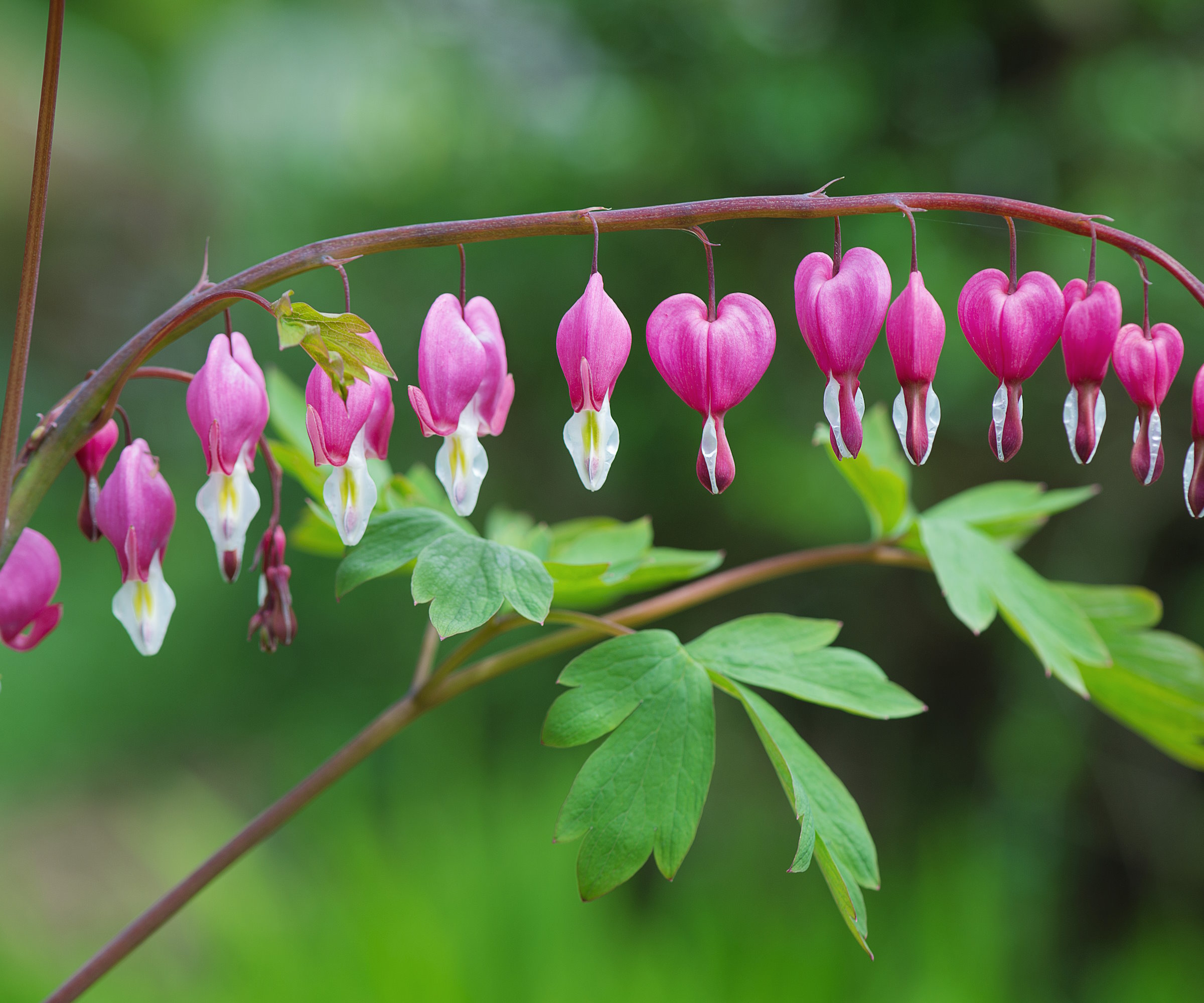
Bleeding heart (Dicentra) Low and steadily spreading, the prettily divided leaves are often tinted blue-grey and set off the dancing reddish, pink or white lockets prettily.
Hostas (Hosta) Tight, clumps feature a huge variety of leaf sizes and shapes with many patterned in gold, chartreuse, cream, white or blue-gray.
Lungwort (Pulmonaria) Roughly textured, narrow to heart-shaped leaves are spotted in silver or entirely silvered and with blue or pink spring flowers.
Also try: Sweet woodruff (Galium odoratum), Coralbells (Heuchera Northern Exposure Series), Solomon’s seal (Polygonatum).
Sun perennials
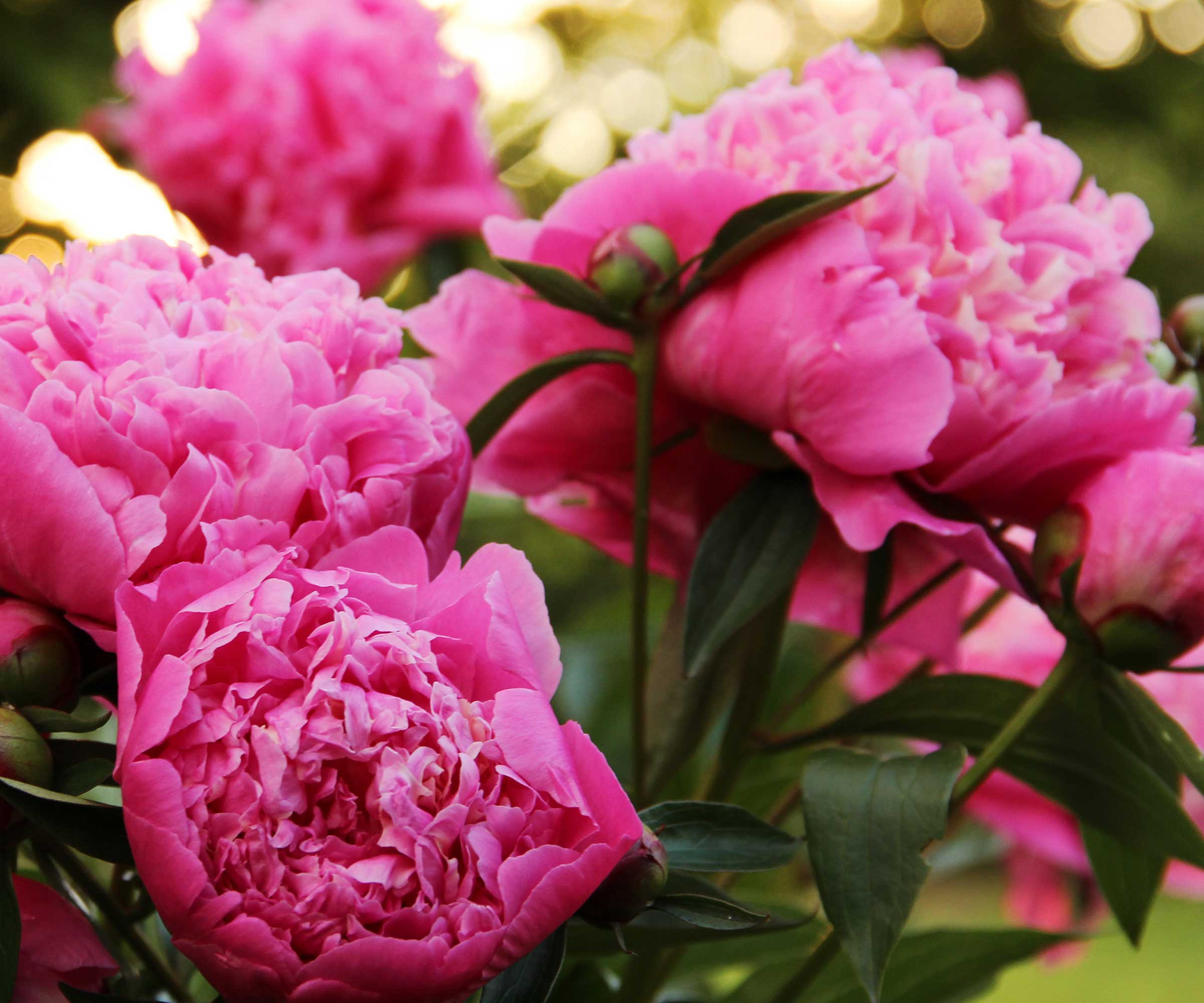
Daylily (Hemerocallis) Extremely resilient summer-flowering sun-lovers with flowers in an extraordinary range of sizes, colors and patterns. The flowers only open for a day – but keep on coming. Many varieties of daylily, including 'Rosy Returns' are available from Nature Hills.
Peonies (Paeonia) The intensely colorful early summer display of single or double flowers in rich or pastel shades returns each year with the minimum of care.
Oriental poppy (Papaver orientale) Large, dazzling flowers in bright white, pastel shades and also in more vivid colorings. In zone 3, oriental poppies are better behaved than in warmer zones.
Also try: Butterfly milkweed (Asclepias tuberosa), Fall phlox (Phlox paniculata), Ice plant (Sedum spectabile).
Spring Bulbs
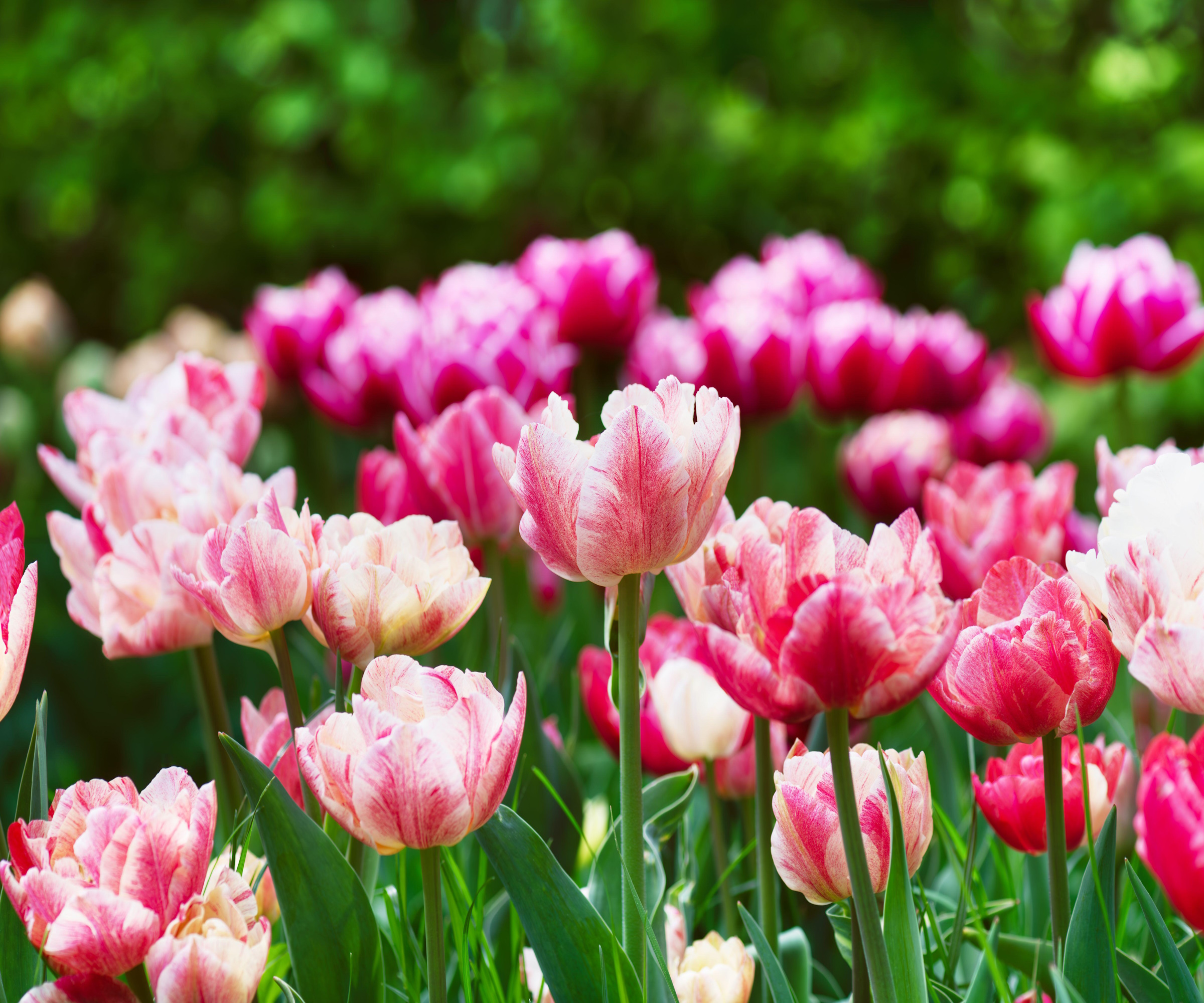
Crocuses (Crocus) Dazzling, dwarf, look-after-themselves bulbs with upward facing goblet flowers in many colors and color combinations. Inexpensive and very good value.
Daffodils (Narcissus) Steadily increasing into colorful clumps, check the white, cream, orange and bicolored varieties as well as the familiar yellows.
Tulips (Tulipa) Always impressive, in bold or more subtle colors, some are more frost hardy than others, so look for those rated Zone 3.
Also try: Glory of the Snow (Chionodoxa), Winter aconite (Eranthis), Snowdrops (Galanthus).
Summer bulbs
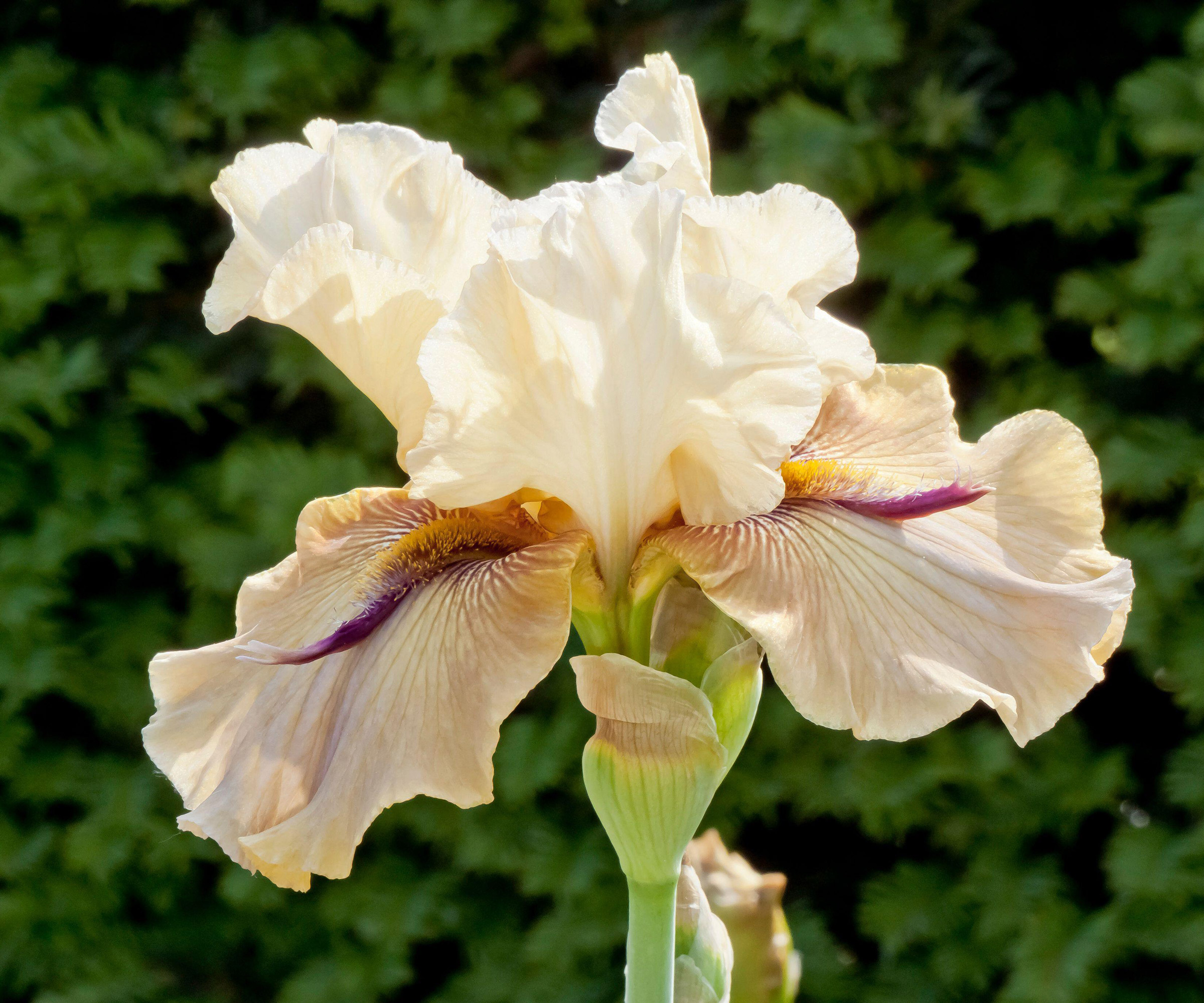
Quamash (Camassia) Vertical spikes carry large starry flowers in shades of blue, or white. A US native that’s happy in damp soil where it will spread steadily once it’s settled down.
Dahlias (Dahlia) Many varieties, in a surprising range of flower shapes and sizes. All are colorful, but protect from the last chills of spring as well as from slugs.
Iris (Iris) Available in a dazzling rainbow of colors and color combinations, as well as dwarf and medium height and tall.
Also try: Ornamental onion (Allium), Turkscap lily (Lilium martagon), Mountain Lily (Ixilirion).
Native shrubs
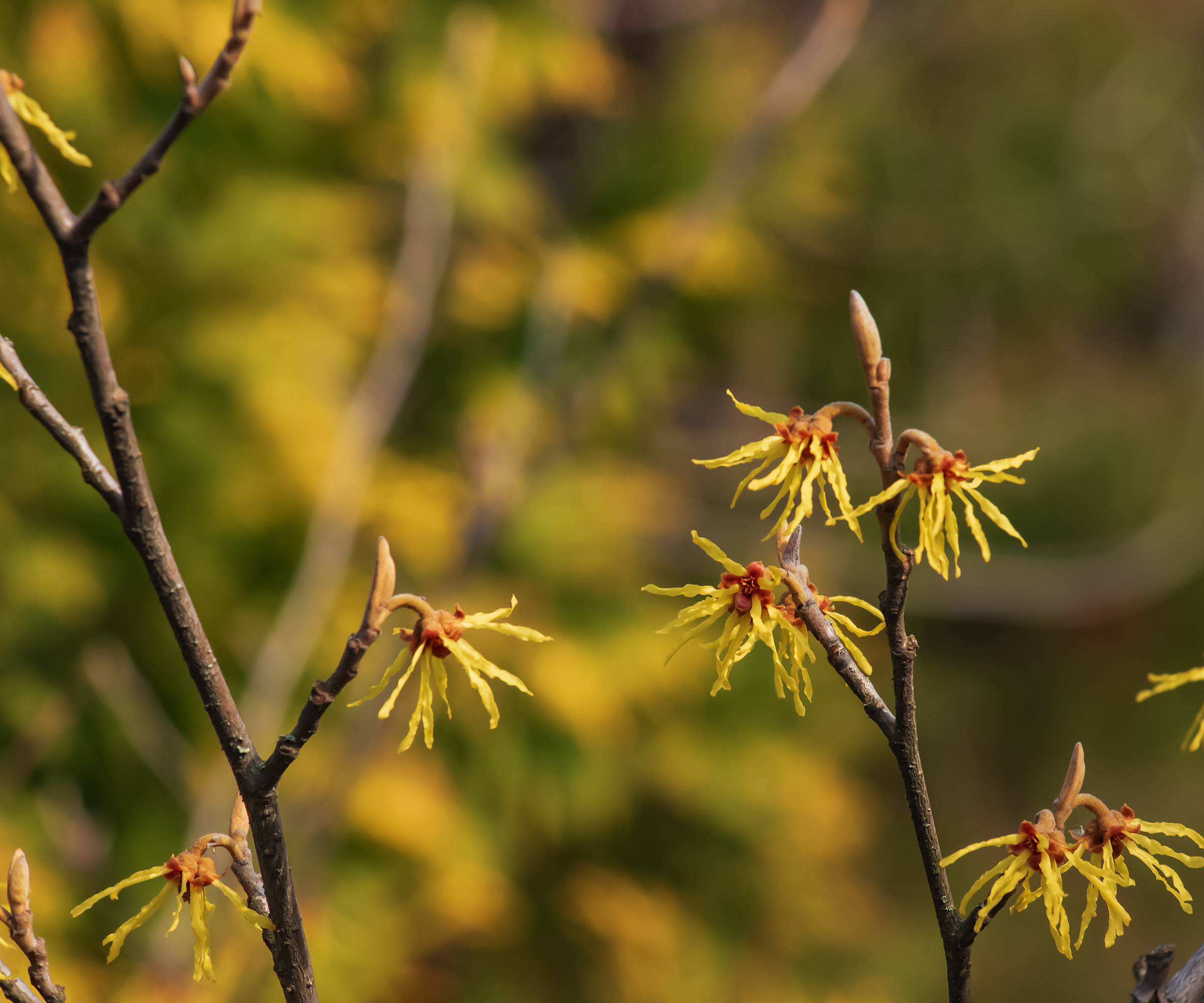
Witch hazel (Hamamelis virginiana) The fragrance of this fall flowering witch hazel is often noticed before the golden fall flowers. Flowering sometimes overlaps with the yellow fall foliage color.
Smooth hydrangea (Hydrangea arborescens) An increasing range of varieties mostly with large rounded flower heads on compact plants.
American elderberry (Sambucus racemosa) Dome-shaped heads of tiny white spring flowers are followed by weighty clusters of purplish black berries.
Also try: Chokeberry (Aronia melanocarpa), Winterberry (Ilex verticillata), Stag’s horn sumach (Rhus typhina)
Native perennials
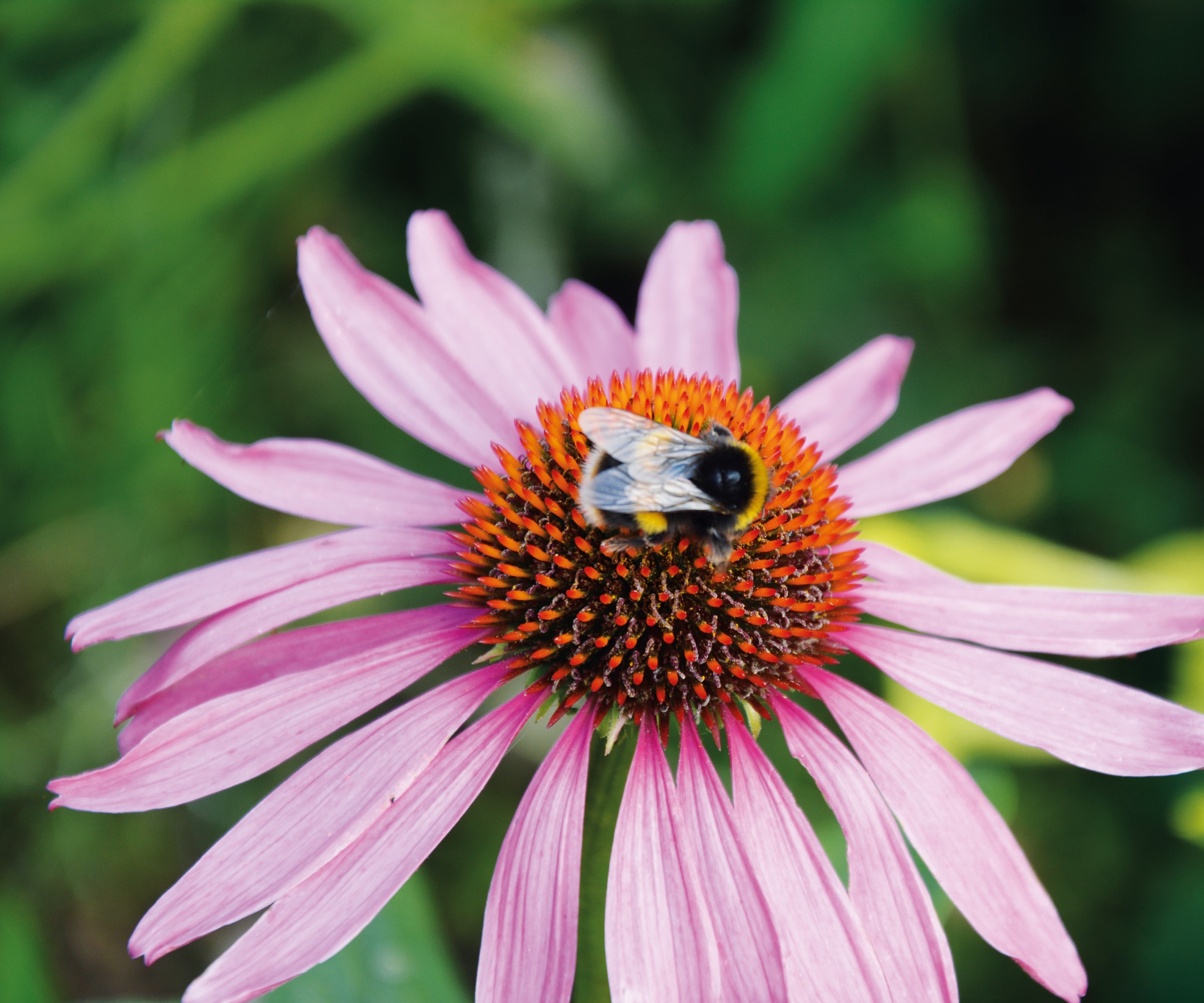
Coneflower (Echinacea) Large, attractive, daisy-like flowers are much loved by butterflies and now come in a wide range of colors with both single and double flowers. You can find coneflower seeds available at True Leaf Market.
New England aster (Symphyotrichum novae-angliae) Small, single and double daisies in pink, purple, mauve and blue shades plus white. Many varieties available. Sometimes listed as Aster novae-angliae.
Rattlesnake master (Eryngium yuccifolium) This thistle-like plant has silvery flower heads carried above bluish, toothed foliage. Established plants make a dramatic feature.
Also try: Goldenrod (Solidago varieties), Bleeding hearts (Dicentra varieties) Heath aster (Symphyotrichum ericoides varieties).
Annuals
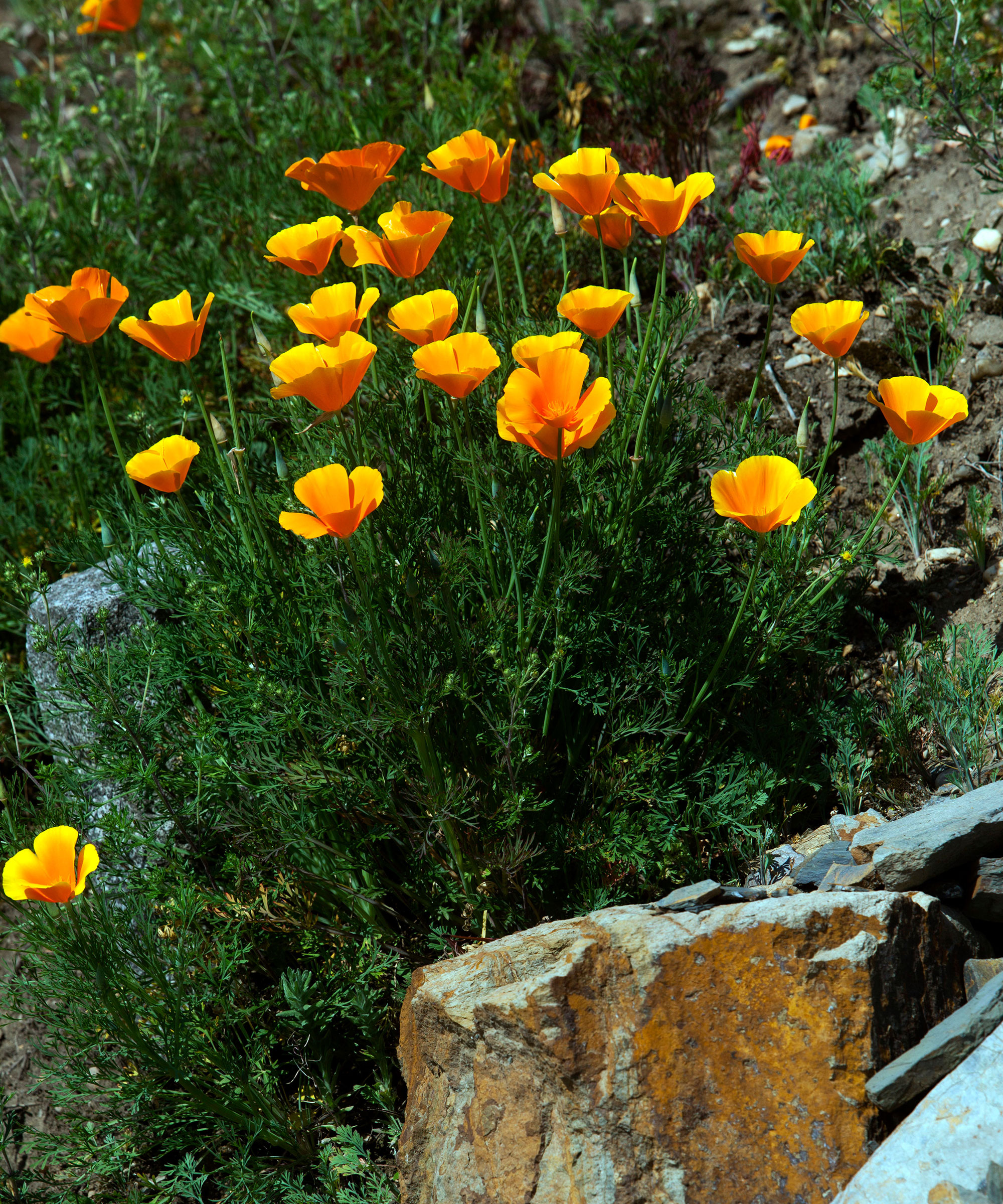
English marigold (Calendula officinalis) Cheerful daisies in orange and yellow shades with the recent addition of softer and more stylish colorings. Usually spreads by seeds.
California poppy (Eschscholzia californica) Sparking California native, usually in vivid orange but also in softer shades – varieties with blue-gray leaves are especially pretty. Seeds are available from True Leaf Market.
Sunflower (Helianthus annus) From roof-high monsters to container favorites, some are single-stemmed and perfect for cutting, others more branched and flower for much longer.
Also try: Love-Lies-Bleeding (Amaranthus caudatus), Alyssum (Lobularia maritima), Zinnia (Zinnia Zahara Series).
Vegetables
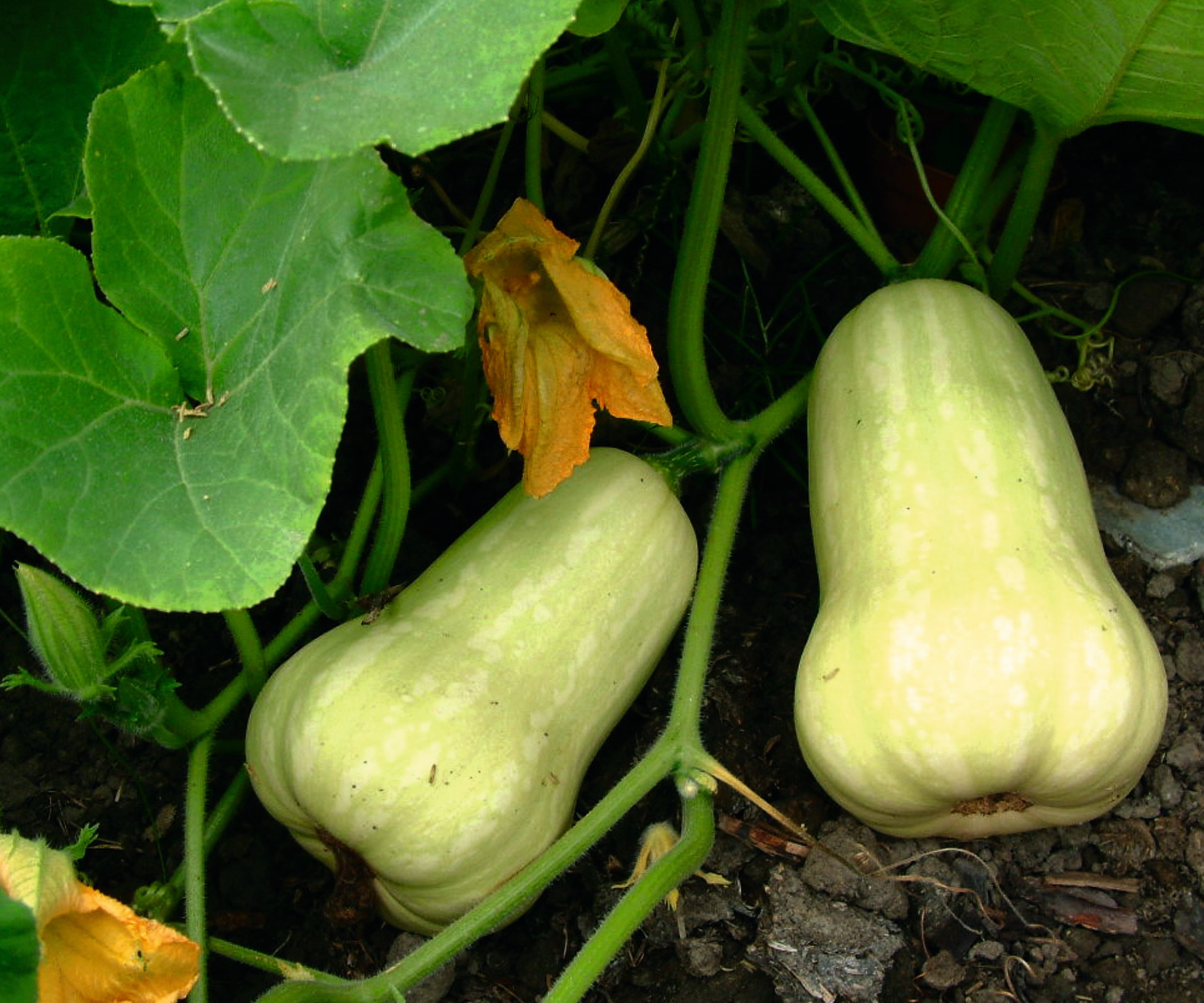
Pole beans Set seeds after your last frost date or set out plants around the same time. Provide stout support for their twining stems from the start.
Pumpkins and squashes Quick growing, but best started off protected from frost and planted out when it’s safe to do so.
Tomatoes Set out plants around your last frost date and cover the plants at night to protect from chills until frost no longer threatens.
Also try: Kale, Lettuce, Zucchini.
Fruits
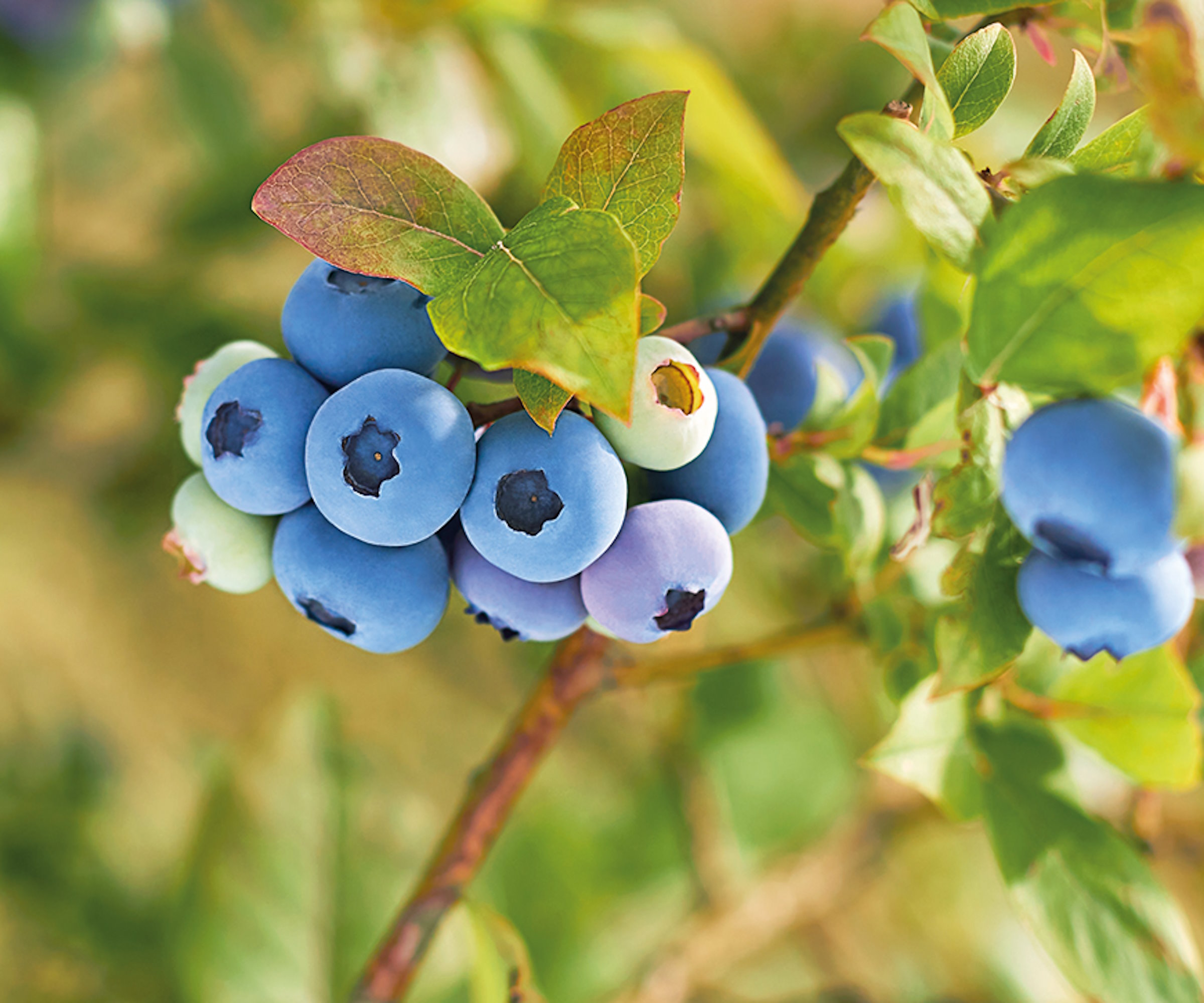
Apple trees Check with knowledgeable neighbors and with your local extension service for guidance on exactly which varieties flower after the last frost and which mature quickly.
Plum trees Local knowledge is again the best guide to exactly which varieties will thrive in your area. Locally based social media groups can be especially helpful.
Cane fruits Blackberries, black and red raspberries, loganberries and tayberries are all good choices but will only crop well with annual pruning.
Also try: Blueberries, Currants, Highbush cranberries.
Winters might still be long and cold within US hardiness zone 3, but the variety of plants and crops that can grow successfully is pleasantly surprising. If you want to grow your own vegetables and fruit, to help get your plants off to a good start, you might be interested in greenhouse ideas or how to use cold frames to start seedlings.
Sign up to the Homes & Gardens newsletter
Design expertise in your inbox – from inspiring decorating ideas and beautiful celebrity homes to practical gardening advice and shopping round-ups.

Graham Rice is a garden writer who has won awards for his work online, and in books and magazines, on both sides of the Atlantic. He is a member of a number of Royal Horticultural Society committees and the recipient of the 2021 Garden Media Guild Lifetime Achievement Award. He gardened in Pennsylvania for 20 years, but has recently returned to his native England.
-
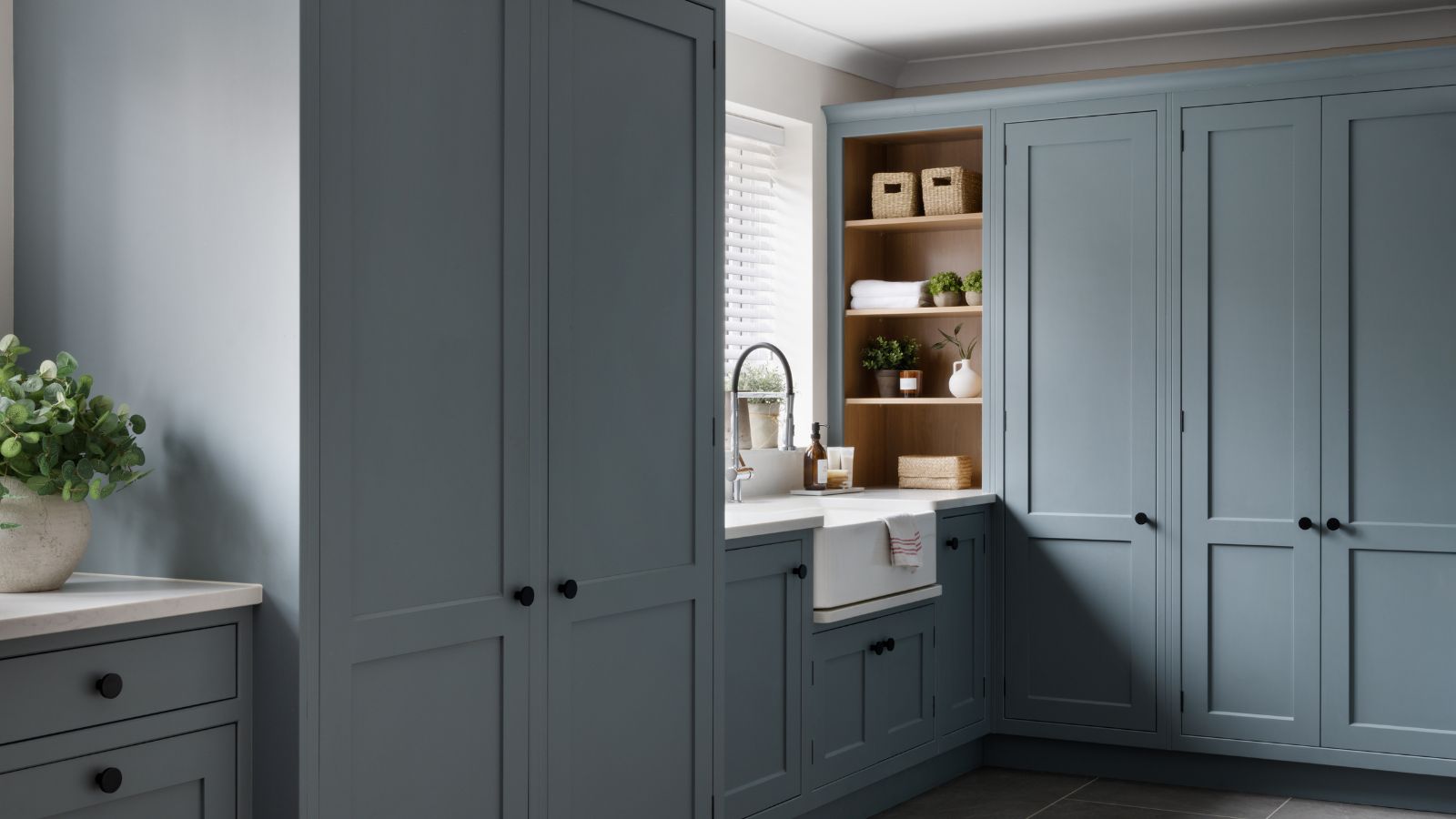 ‘Completion days’ are the answer to laundry doom piles, pro organizer claims – here’s how this hack can instantly stop fresh laundry from piling up once and for all
‘Completion days’ are the answer to laundry doom piles, pro organizer claims – here’s how this hack can instantly stop fresh laundry from piling up once and for allStay on top of your laundry with the 'Completion days' method
By Chiana Dickson
-
 5 times you should never paint a room gray – no matter how timeless you think this shade is
5 times you should never paint a room gray – no matter how timeless you think this shade isIt might be dubbed a classic neutral, but gray isn't the right choice for every room
By Sophia Pouget de St Victor